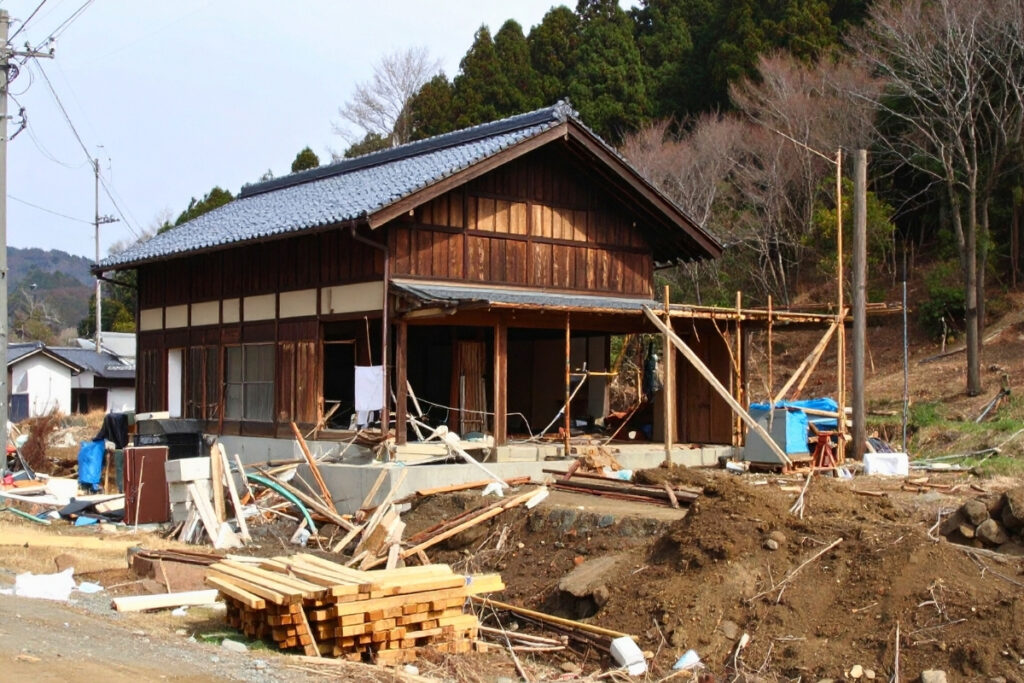Rethinking Rural Revitalization in Japan
The quiet hollowing out of rural Japan is a narrative many have come to accept as inevitable. Empty storefronts, aging populations and the steady outflow of youth to urban centers paint a picture of gentle, inexorable decline. In a powerful and timely analysis, Akiyaz.io‘s article, “Public-Private Toleration: Driving Rural Development,” presents a compelling counterargument. It posits that a new frontier is opening up, one where overburdened local governments step back, relax their grip and “tolerate” private-sector dynamism to breathe life back into dormant assets. The case studies presented—from innovative agricultural ventures to revitalized lodges—are potent examples of how entrepreneurial vision can transform liabilities into community assets.
The concept of “toleration” is a crucial and necessary evolution from the often rigid, top-down revitalization schemes of the past. It correctly identifies the paralysis that can occur when bureaucracy stifles the very creativity needed to solve complex local problems. However, as we embrace this promising model, it is essential to look beyond the initial success stories and ask a more nuanced question: What comes after toleration?
This article aims to explore the complex terrain that lies on the other side of that frontier. It argues that while passive toleration is the key to unlocking initial potential, sustainable and equitable rural renewal requires a further evolution: a transition from a hands-off government stance to one of active stewardship. This new role is not about returning to old methods of control, but about becoming a more sophisticated partner—one that guides, de-risks and champions community interest to ensure that the fruits of private innovation are shared by all.

The Public-Private Toleration Model in Japanese Towns
The appeal of the public-private toleration model is self-evident. For a local government with a shrinking tax base and limited administrative capacity, the ability to outsource revitalization to a motivated entrepreneur is incredibly attractive. The private entity takes on the financial risk, injects capital and energy and creates jobs and buzz. The public sector, in turn, achieves its development goals with minimal direct expenditure. The case studies in the original article, such as Vanguard Backpackers, illustrate this symbiotic relationship perfectly: a vacant property becomes a thriving business, drawing new people and commerce to the area.
This model, however, rests on a critical assumption: that the interests of the private developer and the public good will naturally and consistently align. In the best-case scenarios, they do. An entrepreneur with deep local roots or a strong social mission will likely prioritize community well-being alongside their bottom line. But what happens when this alignment is not a given?
Profit motives by nature prioritize efficiency, scalability and return on investment. Community interests, on the other hand, are often less tangible and longer-term: the preservation of cultural character, the creation of stable, year-round employment (not just seasonal gig work), the accessibility of services for all residents and the maintenance of a shared civic identity. A private developer, entirely within their rights, might see an old community hall as the perfect spot for a luxury retreat, inaccessible to the very locals who once gathered there. They might transform a traditional shopping street with slick, modern storefronts that, while profitable, erase the town’s unique historical character.
This is not to demonize private enterprise, but to acknowledge a fundamental divergence in primary objectives. Relying solely on passive toleration is a gamble on the altruism of the market. Long-term success requires a framework that intentionally and proactively braids these two sets of interests together from the very beginning.

Challenges of Public-Private Revitalization in Japan
1. The Risk of Extractive Success and Gentrification: Ironically, the greatest challenge can be the model’s success. When an innovative private project puts a rural town on the map, it can trigger a wave of speculative interest. Property values can rise, making it difficult for the next generation of local residents to afford housing or start their own businesses. A boutique hotel or a high-end restaurant, while a welcome addition, can subtly shift the economic center of gravity, making the town more affordable and welcoming to tourists than to its own people. This phenomenon, often termed “rural gentrification,” can lead to a new form of hollowing out, where the original community is displaced not by neglect, but by a form of success that is ultimately extractive rather than generative.
2. The Accountability Gap: The “lean contracting” and reduced red tape celebrated in the toleration model are vital for agility. However, this can also create an accountability vacuum. If a private venture fails—a very real possibility in any entrepreneurial ecosystem—the private entity can dissolve, but the public fallout remains. The local government is left to deal with a half-finished renovation, a newly vacant building and the shattered expectations of the community. Furthermore, if a project creates negative externalities, such as environmental damage, excessive noise or an over-burden on local infrastructure, a purely hands-off government has little recourse. Toleration without clear, mutually-agreed-upon guardrails can leave the public partner exposed to significant risk.
3. The “Gold Rush” and Loss of Local Agency: The initial wave of toleration often empowers local or locally-connected entrepreneurs. These are individuals who understand the town’s culture and are invested in its future. However, once their success validates the market, it can attract larger, purely financially-driven investors from outside the region. These actors may have the capital to outbid local players for the most promising assets, leading to a “gold rush” scenario. The result can be a patchwork of developments that lack a cohesive vision and, more importantly, a loss of local agency. The town’s future becomes dictated by external boardrooms, and the very community the model was meant to empower becomes a passive recipient of someone else’s vision.

The New Role Toward Sustainable Revitalization in Japanese Communities
Addressing these frictions does not mean abandoning the model. It means upgrading it. The public sector must evolve from a passive landlord to a strategic, forward-thinking steward of the community’s long-term interests. This involves three core functions:
1. The Vision-Setter and Convener: Instead of simply waiting for proposals, the local government should proactively engage the community to build a shared vision for the future. What are our core values? What parts of our heritage must be protected? What kind of jobs do we want to create? This vision, codified in a simple and clear charter, becomes the framework for evaluating private proposals. It shifts the dynamic from “anything is better than nothing” to “how does your project help us achieve our shared goals?” The government then acts as a convener, bringing potential investors, community leaders and local residents to the table to foster collaboration from day one.
2. The Architect of “Smart” Partnerships: Building on the idea of lean contracting, the next step is to create “smart” partnership agreements. These are flexible but clear contracts that build in mutual accountability. A Community Benefit Agreement (CBA) could be a condition of leasing a public asset, stipulating commitments to local hiring, the use of local suppliers or the contribution of a small percentage of profits to a community fund. Performance metrics can be tied not just to financial outcomes, but to community-focused goals. This isn’t about adding burdensome red tape; it’s about defining the terms of a true partnership where both sides have skin in the game.
3. The Incubator of Local Capacity: Perhaps the most powerful role for the public steward is to cultivate the next generation of local entrepreneurs. Instead of only tolerating outside investment, a municipality can create a “regulatory sandbox” or a micro-grant program specifically for its own residents. It can partner with local financial institutions to offer low-interest loans for start-ups that align with the town’s vision. By investing in its own people, the community not only sparks revitalization but also builds local wealth, fosters deeper commitment and ensures that the future of the town is quite literally in the hands of those who call it home.

Conclusion: Building Resilient Rural Communities in Japan
The shift toward public-private toleration is a watershed moment for rural development in Japan and beyond. It is an essential and courageous step away from a paradigm that was no longer working. The early successes are a testament to its power, but this is not the final destination.
To build a truly resilient and equitable future for our rural communities, we must embrace the next evolution of this partnership. Moving from passive toleration to active stewardship is not a step backward toward government control. It is a step forward toward a more mature, robust and symbiotic relationship between the public and private sectors. It is about creating a system where entrepreneurial energy is not just unleashed, but channeled and amplified to serve the entire community, ensuring that the lights of rural towns are not just turned back on, but that they burn brightly and sustainably for generations to come.

